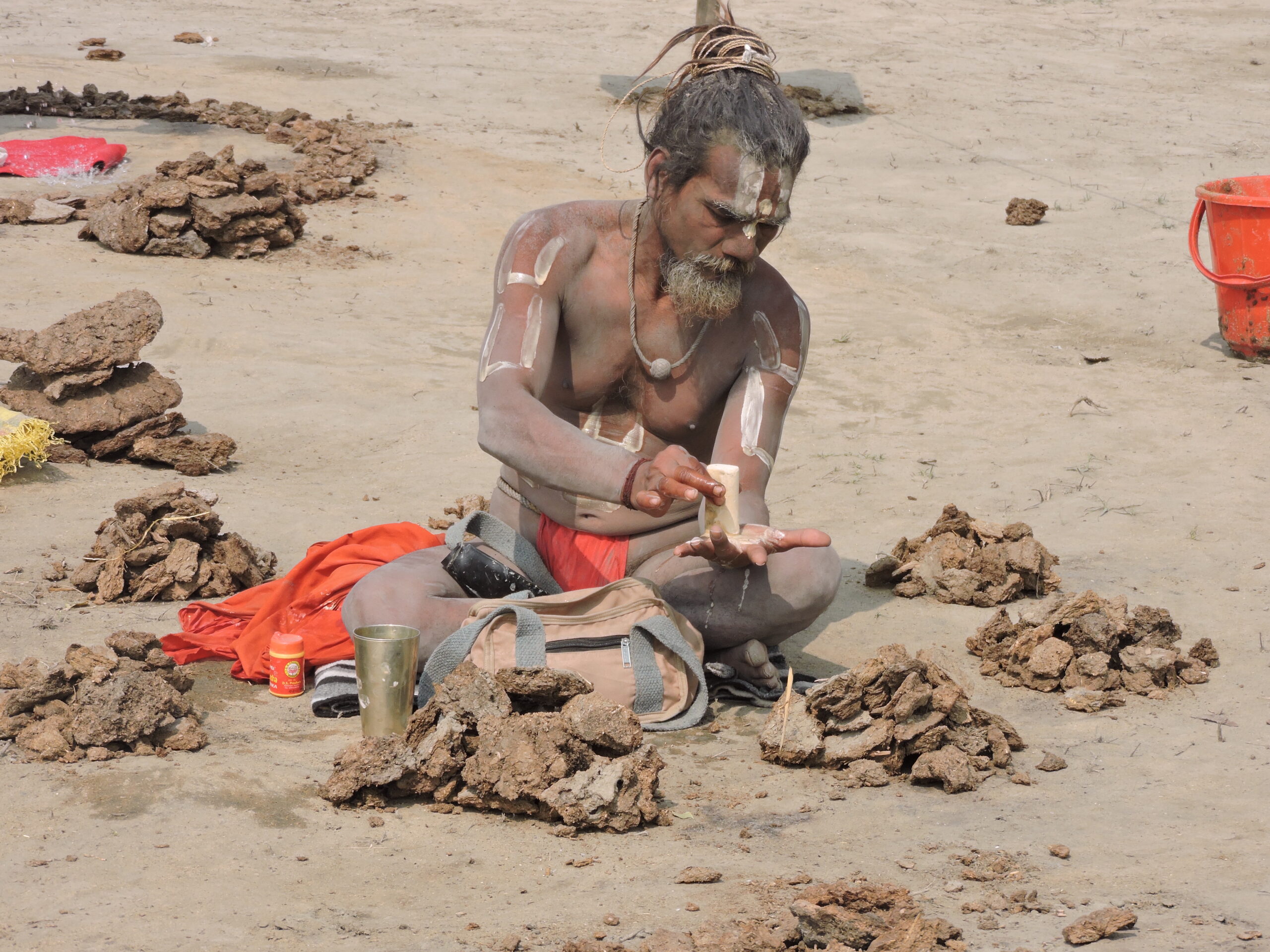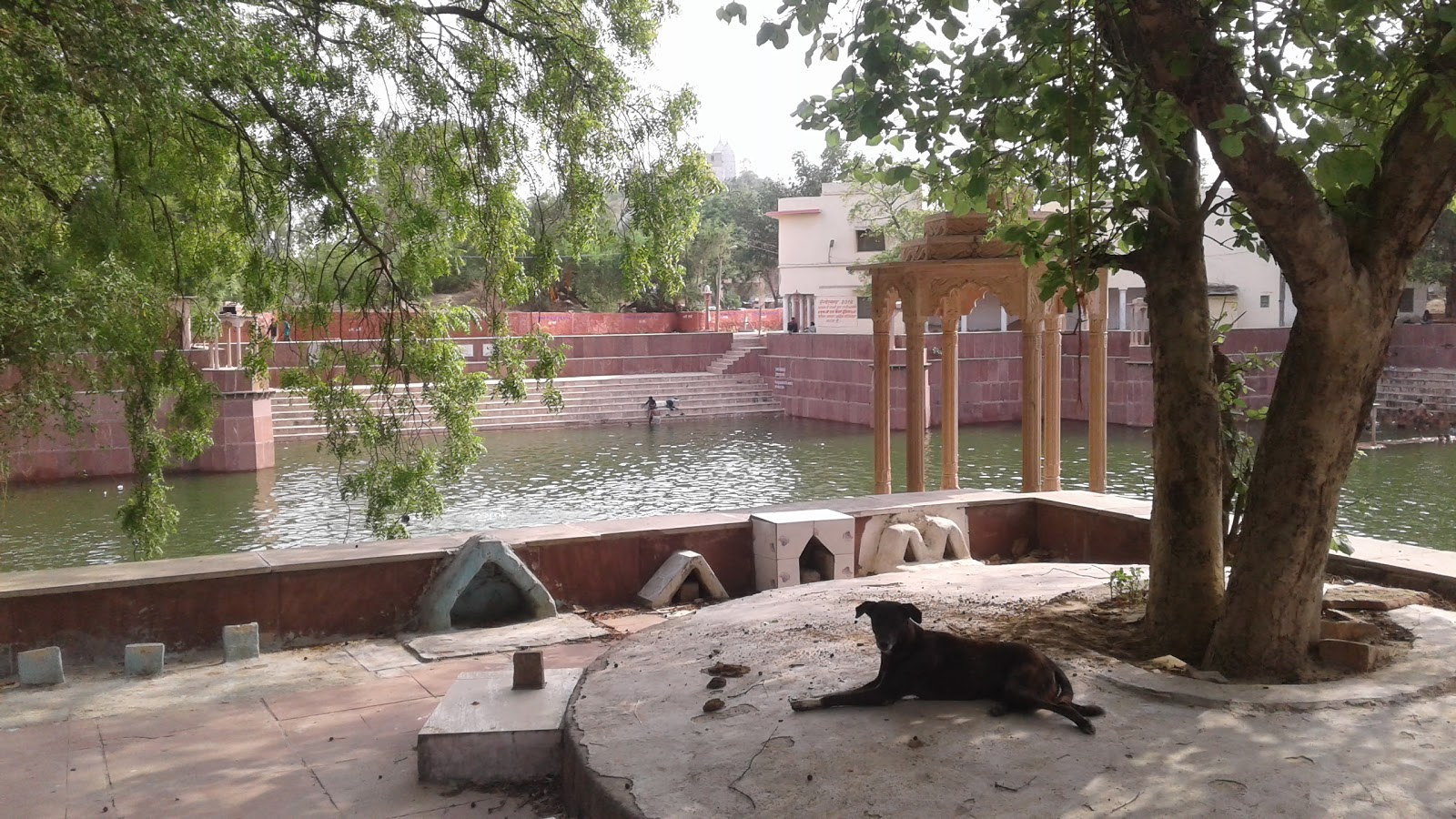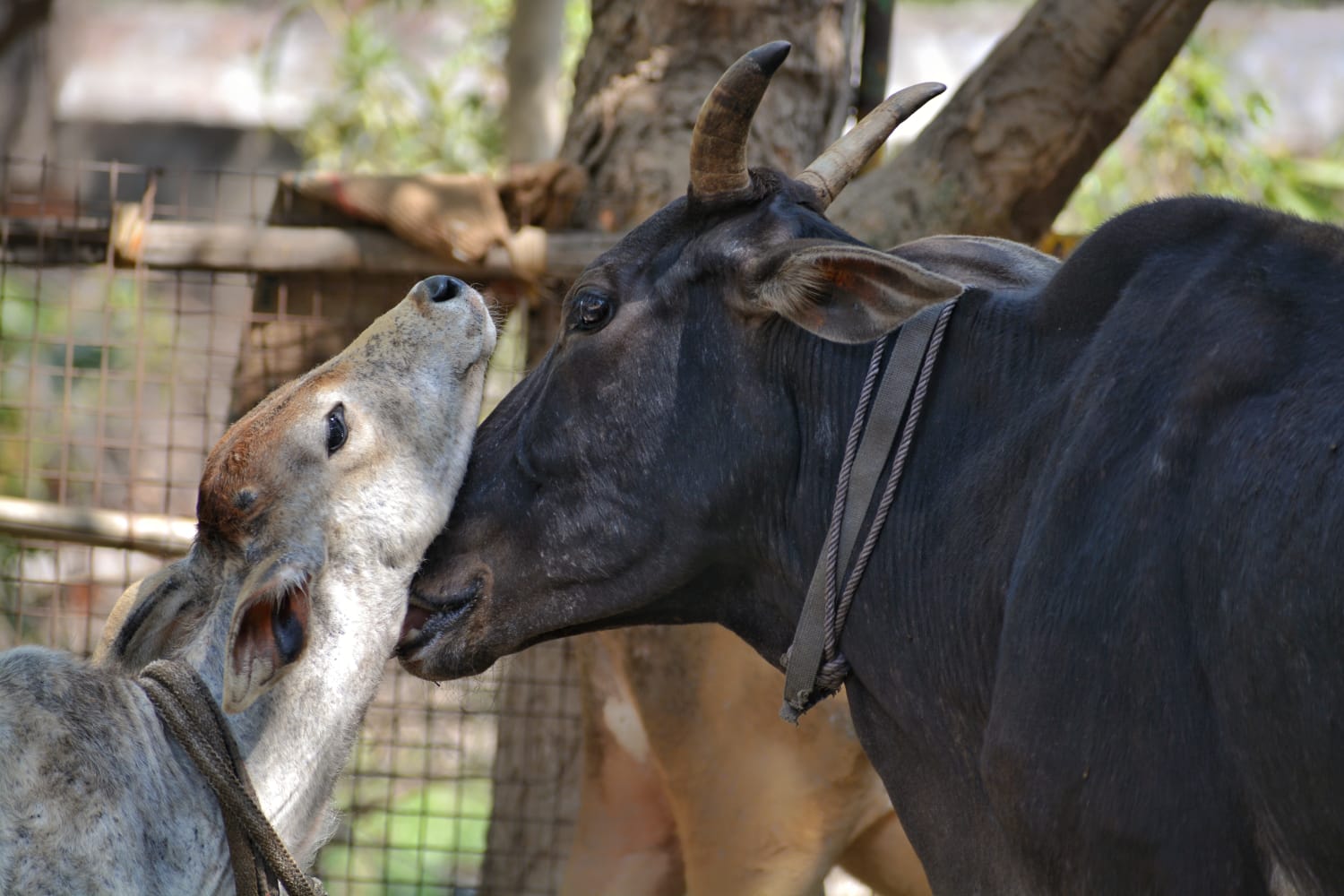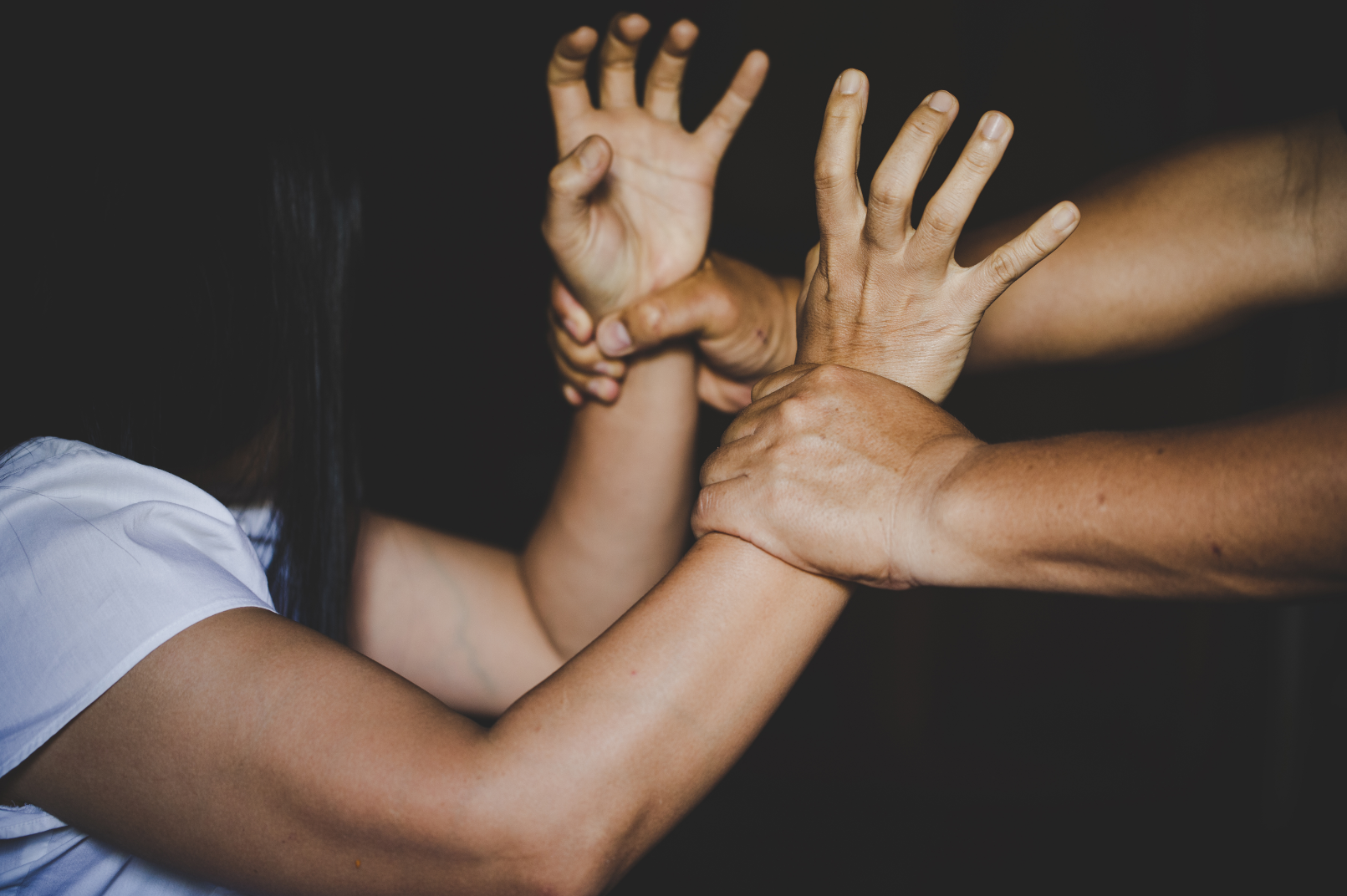Kumbh Mela is the largest gathering of faith in which ascetics from the whole world participate and take bathe in the sacred holy river. There are mainly four Kumbh Melas which occurs in every twelve years by rotation at all four places of pilgrimage. Every third year sees a celebration at Allahabad, Haridwar, Nasik and Ujjain by turns.
The Vrindavan Kumbh Mela attracts many devotees who ritually bathe in the Yamuna. It is customary practice for some group of saints to attend the Vrindavan Kumbh prior to the Shahi Snan (royal bath) at Haridwar.
The ‘Vrindavan Vaishnava Mahakumbh’ is observed when the Sun and Jupiter traverse through 11th house of the Zodiac, which is Aquarius, synchronizing with the timing of the Haridwar Kumh Mela. During the Vrindavan Kumbh, holy water of the Ganges are brought through the canals and released into Yamuna to signify the confluence (Sangam).
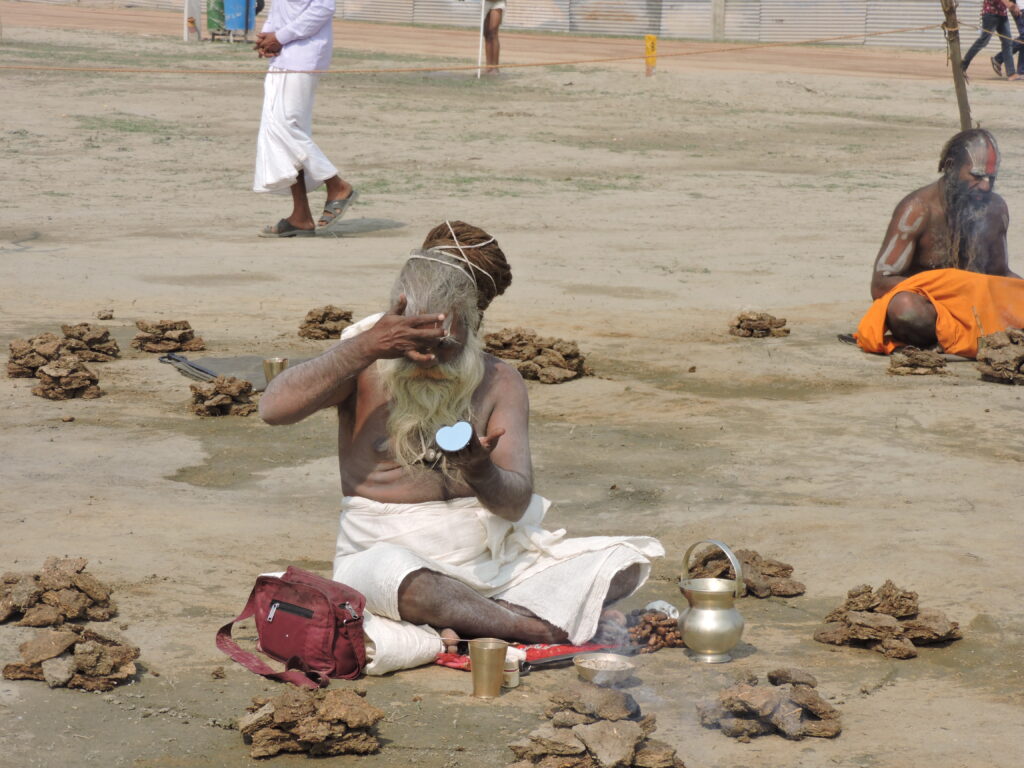
Several people don’t accept the grand gathering of saints in Vrindavan as a Kumbh Mela, they claim it be just a ‘preparatory gathering’, a vaithak of saints before the Haridwar Kumbh. Even the Government of Uttar Pradesh hasn’t recognized this religious event as ‘Kumbh Mela’. It has named it as ‘Kumbh Poorv Vaishnav Vaithak’ i.e meeting of Vaishnavas before the Kumbh. Therefore, it is important to know when ‘Vrindavan Kumbh’ was first held and why this is so special for Vaishnavas and called as ‘Dev Kumbh’.
‘Vrindavan Today’ interviewed several scholars, vaishnavas and the saints of Vrindavan to know the history behind the Vrindavan Kumbh Mela. While Vrindavan was re – discovered 500 years back by the Vaishnava Acharyas, there has not been any mention of ‘Vrindavan Kumbh’ in Shashtras or any other literature. Then when did the Kumbh began in Vrindavan? There are different views on the history of ‘Vrindavan Kumbh’.
According to the folklore, Krishna organized the ‘Kumbh Mela’ Himself after knowing the desire of His parents Nandbaba and Yashoda Maa to attend Kumbh Mela, and their unwillingness to leave the land of Braj.
He called all the Tirthas to Braj, so that His parents didn’t have to go to distance places for pilgrimage. Badrinath, Kedarnath, Yamunotri, Gangotri and all the Tirthas came to Braj on Krishna’s invitation. The ‘Kumbh Mela’ was organized by the Lord Himself in Vrindavan for Nand Baba and Yashoda Mata. The religious event was attended by all the gods.
On another account, a popular belief is held in reference to ‘Samudra Manthan’ that Garud while flying away with the nectar pitcher sat on the Kadamba tree at Kalidah in Vrindavan; the tree has since then remained evergreen.
The poisonous effect of the venom of serpent Kaliya in Yamuna, made its vapors poisonous too. Because of his poison, the whole area was so contaminated that it emanated poisonous vapor 24 hours in a day. If a bird happened to even pass over the spot, it would immediately die and fall down into the water. Due to the poisonous effect, the trees and grass near the bank of Yamuna had all dried up.
The Kadamba tree from which Krishna jumped into Yamuna was the only tree which was not dead. In some Puranas it is stated that Garuda, the eternal carrier of Vishnu, knew that Shri Krishna would incarnate in dwapar and chastise Kaliya. He would climb a Kadmba tree and jump from it in Yamuna to catch Kaliya. So on his way back he sat on that Kadmba tree and put some nectar on this tree to preserve it for future. Since the nectar was put here and Garuda sat here, it is relevant to the religious event Kumbha in Vrindavan.
Another story tells says Shri Vrindavan Dham is not just merely a Tirtha, but Bhagwan’s own abode. Once Devarshi Narad came down to earth and went to Prayagraj. He was welcomed by the Tirtharaj Prayag, who narrated how he became Tirtha Raj, the king of all the Tirthas.
Shri Narad ji had a doubt on his statement and enquired if Vrindavan came to make offerings to him along with other Tirthas. Prayagraj replied in negative. Then Narada asked what kind of Tirtharaj he was. This statement pierced the heart of Tirtharaja, who admitted it to be true.
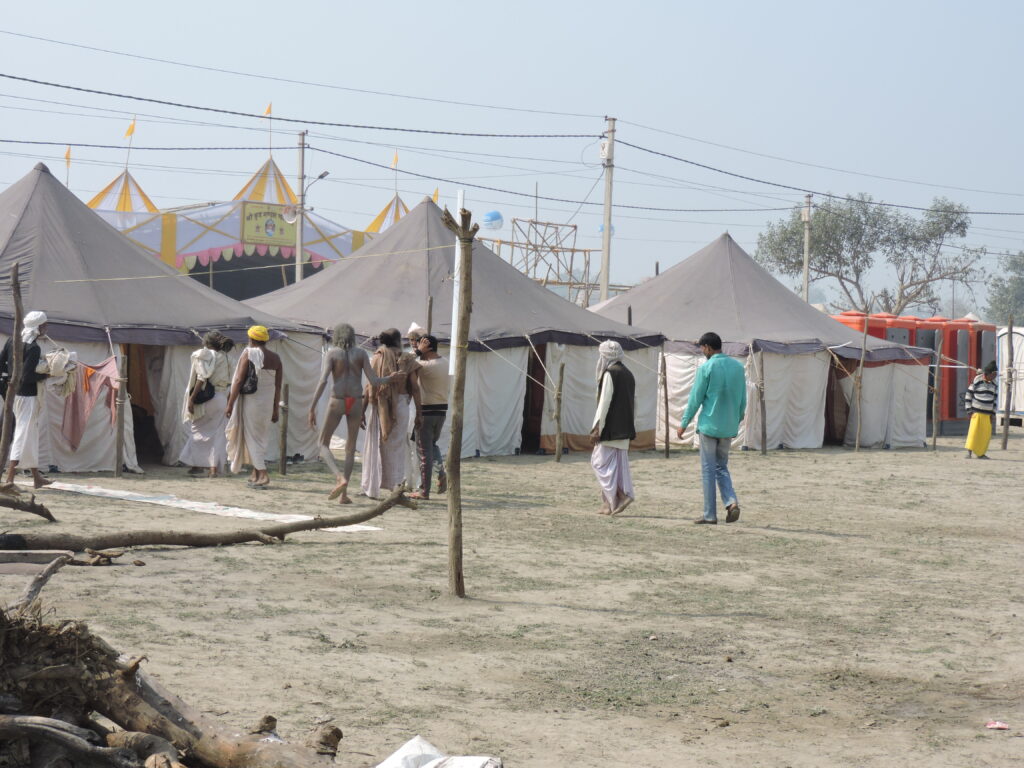
Tirtharaj Prayag went to see the Lord and humbly said, “Prabhu, you have appointed me as Tirtharaja, but Shri Vrindavan never comes to make any offering to me. If a small holy place like Vrindavan doesn’t accept my jurisdiction, then it is not at all appropriate for me to hold the title of Tirtharaja. Upon hearing this statement Bhagavan said, “Oh Tirtharaja! It is true that I have appointed you the king of all holy places, but I have not made you the king of my own home, Shri Vrindavan. The land of Vrindavan is not only my home, but is the supreme place of My beloved Shri Radha’s pastimes. We reside there eternally. Therefore Vrindavan is not merely a holy place. You too can worship and serve Vrindavan in some way.”
This is how the all the Tirthas along with the saints come to Vrindavan to take permission from the Divine Couple to begin the twelve years cycle of Kumbh Mela period. Therefore Vrindavan Kumbh is also called as ‘Dev Kumbh’, the Kumbh of gods.
The historians refer to evidence pertaining to the shifting of the sites and places by custodians of religion to promote their own tirthas or places of pilgrimage, which may partly explain the importance of Allahabad over Haridwar, or the rediscovery of Braj Bhumi or Vrindavan by saint reformers of the Vaishnava sect in the 16th Century, who reinterpreted the worship of trees, hills and rivers in relation to Krishna’s pastimes. The Vaishnavas consider Vrindavan Kumbh as special because Vrindavan or Braj Bhumi is considered transcendental and beyond the material universe.
One more practical note was that It was customary that the Naga Sanyasis are first to take the dip by plunging into the river on Shahi Snan. In the year 1767, the Vaishnavas and Vairagis took first dip in Haridwar under the patronage of two brothers Bhai Balananda Giri and Gosain Himmat Bahadur, which caught in furious conflict. A bloody conflict in 1767 between sadhus of the Vaishnava and Shaivite sects over who would have right of taking first holy dip claimed the lives of several ascetics on both sides. This bloodbath forced the Vaishnavas to begin the Kumbh Mela in Vrindavan, before the Haridwar Kumbh in 1779. All the Vaishnava Akharas were invited to participate in it. These two brothers Balanand Giri and Gosain Himmat Bahadur donated all their properties for the cause of organizing the ‘Kumbh’ in Vrindavan. Himmat Giri built a temple and a Ghat, which is known as Himmat Giri Ghat. This ghat is situated next to Govind Ghat and the temple is run as ‘Nand Bhavan’ these days.
There is another mention of Kumbh in Vrindavan found even before 1779. It was the Kumbh of 1740, when Nandkishor Goswami of Shringarvat turned Yamuna water into ghee.
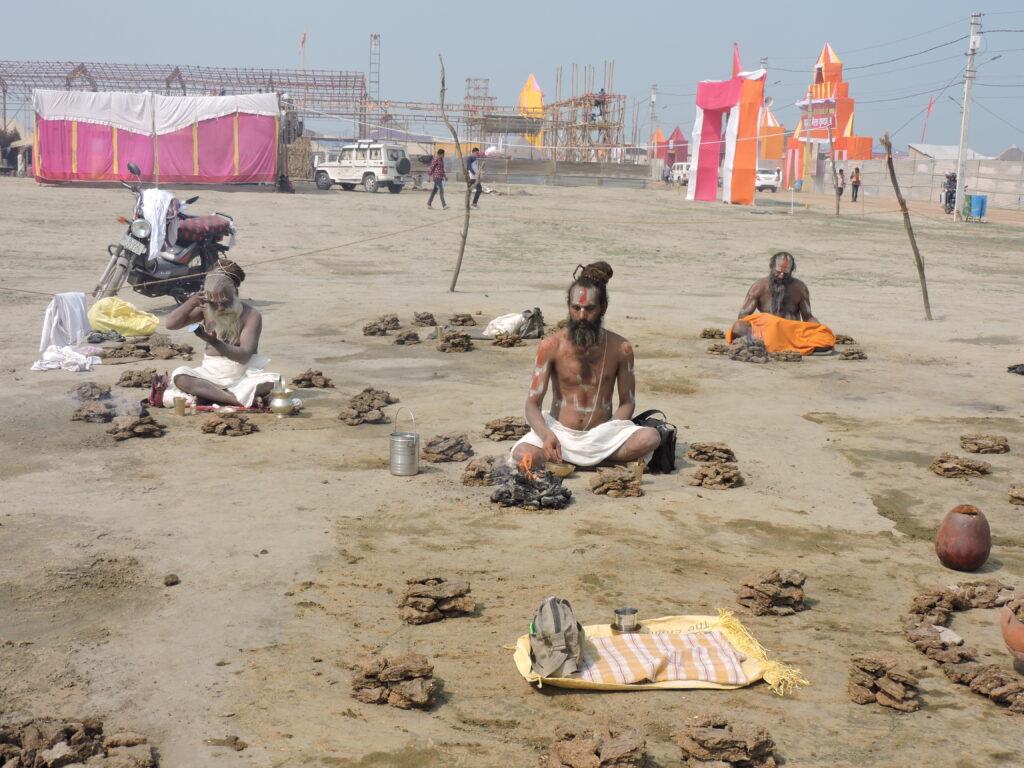
The Maha Kumbh at Allahabad, Haridwar, Nasik and Ujjain reinforce the belief that ‘Knowledge’ of the inner self releases us from this material world into renunciation. The intense bathing rituals at the Maha Kumb Melas are filled with the need to obtain spiritual gain, a dip in the holy waters delivers and individual from the unrelenting and unchanging cycle of life and death. It cleanses and purifies the devotee and puts him on a path to attaining salvation (Moksha)
The Vrindavan Vaishnava Mahakumbh is conspicuously different from the other Kumbh Melas, as aspiration for spiritual gain is seen as unholy and unethical. Braj Bhumi is replete with virtues bestowed by the Divine Couple and a devotees’ profound desire is to be drenched with the overwhelming affection for the Lord which surpasses every other yearning and fills one with bhakti (devotion).
There is a fable that reinforces the essence of devotion and bhakti of Vrindavan through the allegorical reference to two characters representing knowledge (gyan) and renunciation (Vairagya), which were energized by Bhakti Devi to be removed from the constant search for salvation and infused by complete devotion to the Lord.
Hence gyan and vairagya have no place in Vrindavan, only Ragatmika Bhakti (unsurpassable devotion) that fills the hearts of the devotees, reigns supreme. Hence, the Vrindavan Kumbh does not spouse salvation as a spiritual need.


